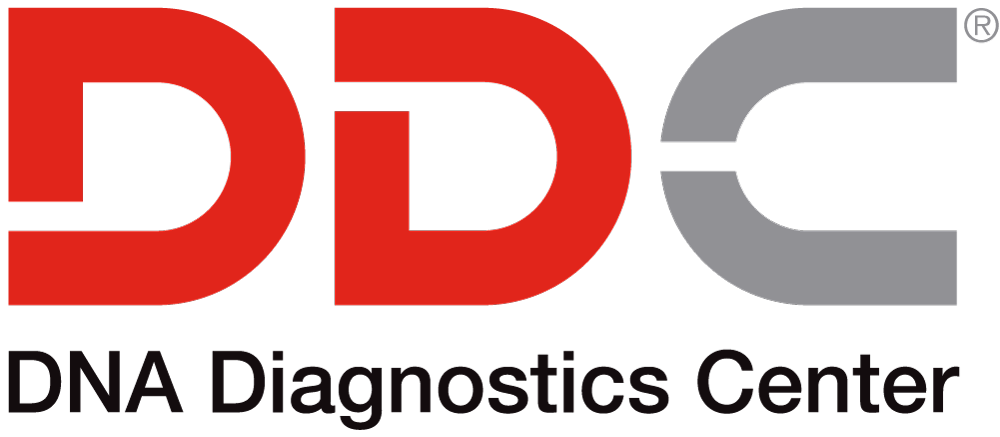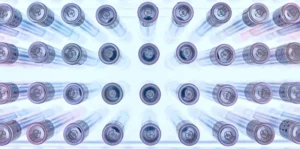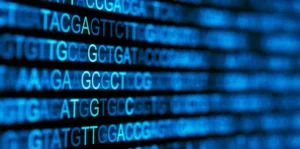SEPTEMBER 28, 2014
How DNA Damage Impacts Your Body’s Ability to Heal
The human body’s structure, function, and systemic regulation are controlled by our DNA.
Chemicals that make up DNA create codes for proteins that regulate and shape every facet of the body and its organs. This chemical makeup is vulnerable to various natural and man-made environmental compounds, collectively known as mutagens. The results include disease, accelerated aging, and impacts on the body’s ability to heal. Restoration of DNA sequences is about 99% efficient but, over time, the number of damaged strands adds up.
The Intricacy of DNA
Proteins are created out of information contained in a DNA sequence, called a gene. Genes can have up to 1 million base pairs of chemicals known as cytosine, guanine, thymine, and adenine. In sequence, these pairs code for proteins – up to 23,000 genes regulate our ability to grow, develop, and heal. Only a small amount of DNA makes up genes; most of it regulates the timing, quantity, and the conditions in which proteins are made.
DNA strands are replicated and copied many times. This process carries the risk of mistakes, which occur once out of every 100 million copies. Most of the time, the mistakes are fixed. But in other instances, they result in irreparable mutations.
There are several types of damage:
- Errors in DNA code, which most often get repaired without incident.
- Sections of a DNA strand get deleted from a sequence.
- Extra genetic code is inserted in the strand.
- DNA strands break, which can lead to more mistakes during repair.
- Telomeres, at the ends of the chromosome, protect the DNA, but become shorter with each cell division. If they’re too short, cells stop replicating, die, or divide abnormally.
DNA Damage Triggers
Mutagens can replace the essential building block chemicals in DNA, make a normal nucleotide appear to be another, and cause serious damage. Some mutagens are carcinogens (those which directly cause damage leading to cancer). Cancer-causing chemicals can lead to disease or interact with other substances.
Cigarette Smoke
Cigarette smoke contains thousands of harmful substances. This includes even second-hand smoke, and what’s now known as third-hand smoke that stays on walls and in furniture. Researchers have identified over 70 different chemicals in the smoke which can cause cancer, as well as other poisonous substances. These include chemicals such as arsenic, cadmium, and acrolein which can prevent cells from repairing DNA. Nitrosamines and PAHs, or polycyclic aromatic hydrocarbons, can also damage DNA.
The University of California’s Tobacco-Related Disease Research Program completed a study on third-hand smoke earlier this year. This study identified over 4,000 compounds able to linger on furniture, on walls, or in the air inside a room. One cancer-causing compound, NNA, can link with DNA as seen in the laboratory. It can also break genetic material apart. Another nicotine byproduct called NNK does this as well and is known to trigger uncontrolled cell division. The program has published additional information on environmental exposure on its website.
Ultraviolet Radiation
The base pairs in DNA are prone to damage from UV radiation. Ultraviolet light can make two thymines stick together, which can be fixed naturally. Otherwise the cell dies or potentially becomes malignant. This is a factor in how prolonged, unprotected sun exposure can lead to skin cancer. Other forms of radiation can break DNA, delete it, or stick it to other genetic strands. Sometimes it alters bases such that a guanine is structured more like an adenine. Unnatural pairings can result, having profound implications for people or their offspring.
Free Radicals
Free radicals are particles that cause oxidative damage. These occur naturally as byproducts of cellular metabolism. Damage from radiation exposure is in part caused by a form of free radicals. Hydroxyl radicals are common damage inducers and can break up DNA strands and initiate dangerous chemical changes.
Nutrient Deficiencies
Physical damage to DNA can result if there is a lack of vitamins such as B12, E, B6, and C in the body. Zinc, iron, and folate deficiencies can also cause damage and increase the risk of cancer. A lack of these substances, according to research at the University of California, can create as much damage as exposure to radiation.
Natural DNA Damage
Damage and errors in DNA repair tend to increase with age, sometimes proliferating across the genome. Aside from regular mutations and fixes, various pathways exist in how natural processes can restore original sequences. Non-homologous DNA end joining is one, but can cause permanent changes to the sequence called micro-deletions. Researchers have speculated a connection between higher numbers of micro-deletions and aging.
DNA Damage Is Inevitable
DNA includes the code for how our bodies develop, function, and heal. Damage multiplies with age or through exposure to chemicals, free radicals, or radiation. Nutritional deficiencies can do just as much harm. The body and its genome have a large capacity to repair damage. Too much damage and the code for repair or normal function may no longer exist, leading to many biological dysfunctions and diseases.
About DNA Diagnostics Center (DDC)
DNA Diagnostic Center is the world leader in paternity and relationship testing. We serve healthcare professionals, government agencies, and individuals around the world to determine family relationships with trusted accuracy.
More Questions? Don’t hesitate to call us: we’re here to help!
CALL NOW




